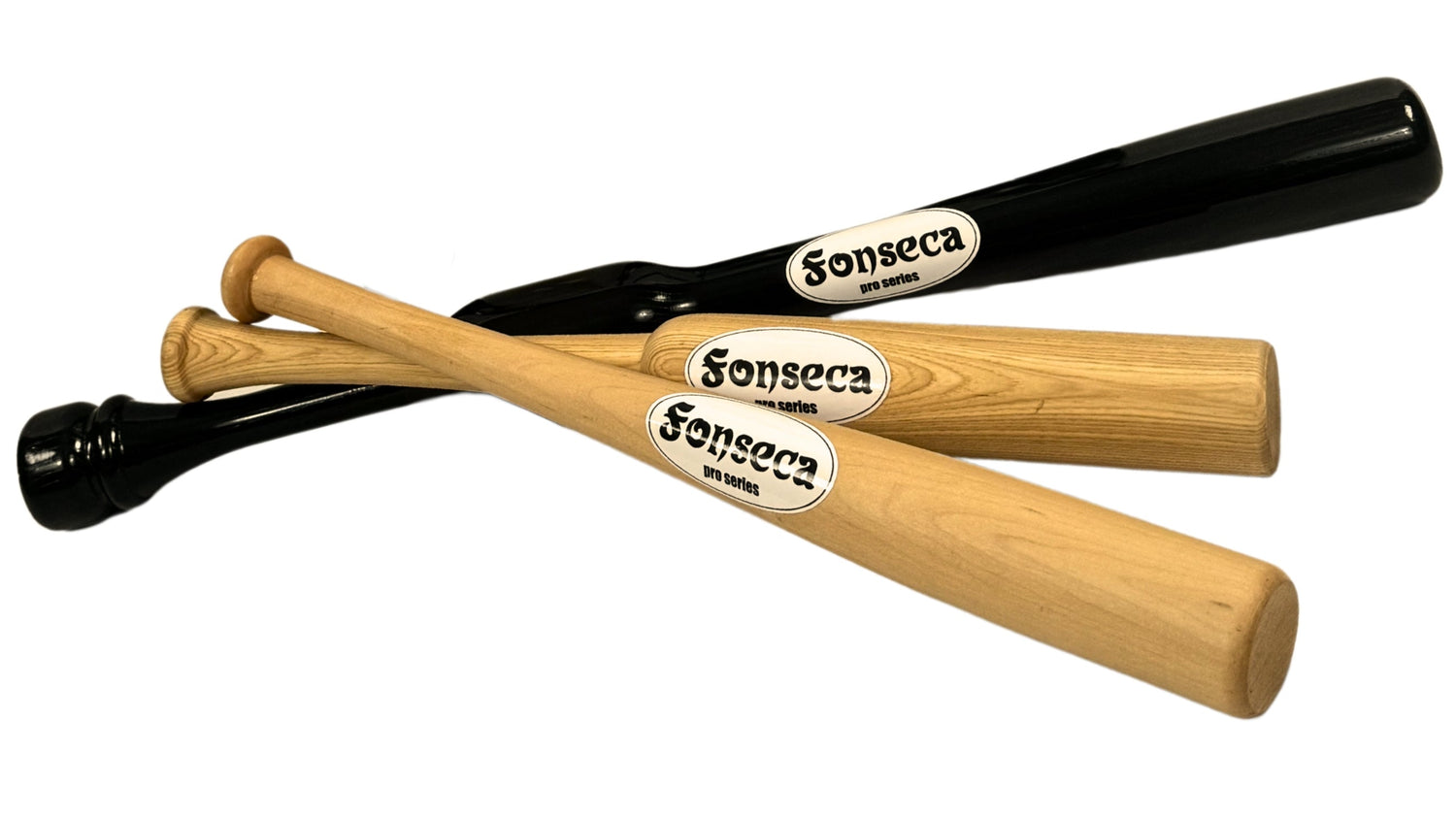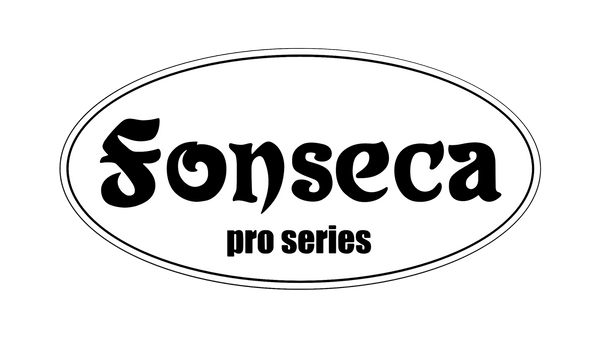
Frequently Asked Questions
For Coaches
Can training bats increase bat speed and power effectively?
Yes, underload bats improve swing speed, while overload bats build strength, helping generate more bat speed and power. A balanced combination of both yields the best results.
How do training bats help improve swing mechanics?
Training bats help refine mechanics by focusing on balance, placement, and swing path. They often emphasize staying compact and developing proper hand-eye coordination.
Do weighted bats or underload bats provide better results for hitters?
Both serve different purposes. Weighted bats (overload) increase strength and power, while underload bats improve swing speed and reaction time. A training regimen should incorporate both.
At what age or skill level should players start using training bats?
Players can start as early as 7 or 8 with lightweight, age-appropriate training bats. Advanced players benefit from heavier bats as their strength and technique develop.
What drills are most effective with training bats?
Tee work, soft toss, and one-handed isolation drills are highly effective. Use overload bats for power drills and underload bats for speed and quick hands.
How do I choose the correct weight and length of a training bat for my players?
Pick a bat that’s 2–4 ounces heavier for overload training and 2–4 ounces lighter for underload training than a player’s game bat. Length should be proportional to the player’s height and strength.
How long does it take to see results from using training bats regularly?
Results vary but consistent use (3–4 times per week) can show improvements in swing speed, power, and mechanics within 4–6 weeks.
What is the recommended balance between game bat swings and training bat swings?
A common ratio is 3:1 (game bat swings to training bat swings) to ensure skills transfer effectively without compromising timing.
Are training bats beneficial for both contact hitters and power hitters?
Yes, power hitters use overload bats to increase force, while contact hitters use underload bats to focus on bat speed and precision.
What type of training bat is best for improving hand-eye coordination?
Small-barrel or narrow-handle bats are designed to improve hand-eye coordination by making it more challenging to square up the ball.
For Athletes
Why should I use a training bat?
Training bats help improve swing mechanics, strength, bat speed, hand-eye coordination, and overall hitting consistency.
What is a training bat, and how is it different from a regular bat?
A training bat is designed specifically for skill development, with variations like heavier (overload) or lighter (underload) bats to improve power and swing speed. They may also have smaller barrels for precision training.
Will a training bat help me hit with more power?
Yes, overload bats build strength, which contributes to more power. Consistent practice with proper mechanics is key to maximizing power gains.
Can training bats help me swing faster?
Yes, underload bats increase swing speed by training your muscles to move faster through the swing path.
How does using a training bat improve my hand-eye coordination?
Small-barrel training bats require precise contact with the ball, sharpening your ability to track and hit effectively.
How do I know which training bat is right for me?
Choose a bat based on your goals:
- Overload bats for building strength.
- Underload bats for swing speed.
- Use a bat weight 2–4 ounces heavier or lighter than your game bat.
How long does it take to see results from training with a training bat?
Consistent practice can lead to noticeable improvements in swing speed, power, and mechanics within 4–6 weeks.
What are the best drills to use with a training bat?
Tee work, soft toss, and front toss are excellent for focusing on mechanics. One-handed drills with a short bat improve hand strength and bat control.
Are wood, composite, or metal training bats better?
- Wood bats offer better feedback for mechanics.
- Composite and metal bats are more durable but may be more expensive.
Should I use a training bat for live pitching?
Lightweight underload bats can be used for timing drills with live pitching, but heavier overload bats are best for controlled settings like tee work or soft toss.

